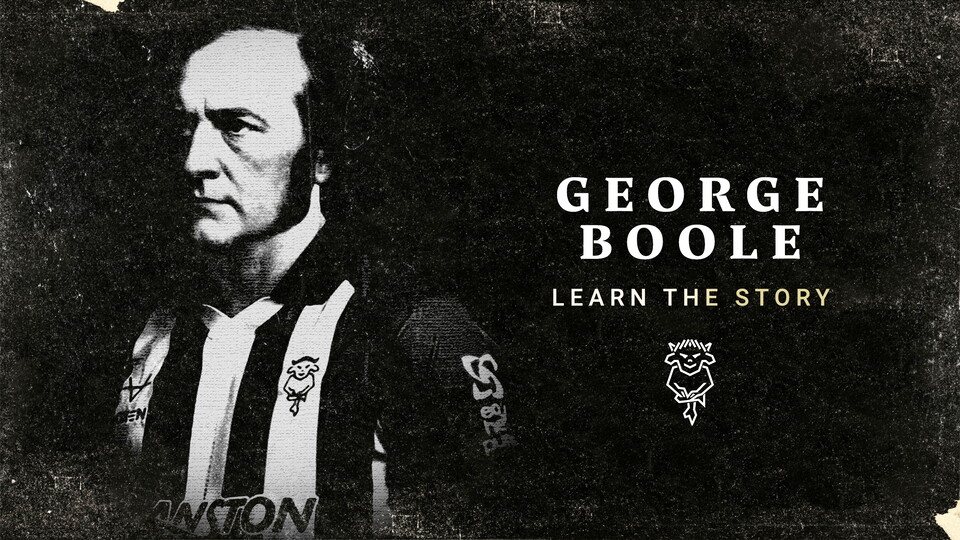City’s 2025/26 home kit takes inspiration from the late, great George Boole, a self-taught mathematician from Lincoln who provided the mathematical framework for the construction of technology we use today.
Born in the City in 1815, his development of Boolean algebra in the mid-19th century revolutionised the way we work logical operations. By translating logical statements into mathematical equations, Boole created a system that could model complex logical relationships with simple binary values—true or false, 1 or 0.
This system, known as Boolean logic – became the backbone of digital circuit design and is fundamental to the operation of modern computers, forming the basis of everything from basic computing processes to advanced algorithms.
Boole’s ideas paved the way for mathematical framework for the development of switching circuits and binary code, essential to all digital devices today.
To put it simply, every link we click, every page we open on a digital device and every screen swipe is possible because of a man born on Silver Street.
Early life
Boole was born at 34 Silver Street in Lincoln back in 1815 and christened at St Swithins Church. It was a minister at that very church who encouraged his progression into the field of mathematics, when he let him borrow a book on calculus.
His shoemaking father gave him his first lesson in mathematics, with a few lessons at school his only other education in the sector that wasn’t self-taught.
At just 16 years age – and with his father’s business on the decline – Boole had to work as a teacher in village schools to support his family and by the time he turned 20, he had his own school in the city on Free School Lane.
Another school founded by Boole was found on Pottergate near Lincoln Cathedral, where he was awarded with a gold medal from the Royal Society in 1844.

The birth of Boolean Logic
In 1849, in an effort to further his mathematical skills, he made the decision to take up a professorship at Queen’s College in Cork.
Four years later, he secured his place in the history books after publishing the Laws of Thought, a book containing a description of practical concepts for an algebra of logic. Described as the piece of work in which “pure mathematics” was discovered, his publication is still in print to this day.

His impact and legacy
Although he was recognised as a genius during his lifetime, it took almost a century for the full capability of his work to be fully understood and recognised. This was when Claude Shannon, an electronic engineer from the USA, noticed that Boole’s logic could be applied when producing electrical circuits, beginning the digital revolution.
To this day, even the most advanced computers and electronic devices on the planet operate and depend on the Boolean logic drawn out in the 19th century.
And in recognition of his incredible impact, it is difficult to walk around Lincoln without finding some form of recognition to George Boole.
A plaque has been placed at 3 Pottersgate in his memory, there’s a memorial inside Lincoln Cathedral known as the teaching window and there’s now a large statue outside Lincoln railway station.
Now, his contribution has been celebrated further, with binary code taking pride of place in the intricacies of this season’s home kit.



